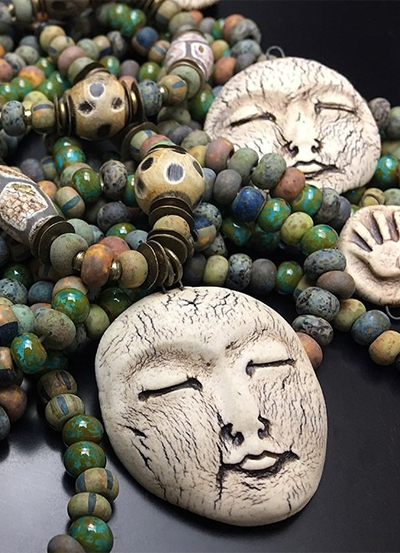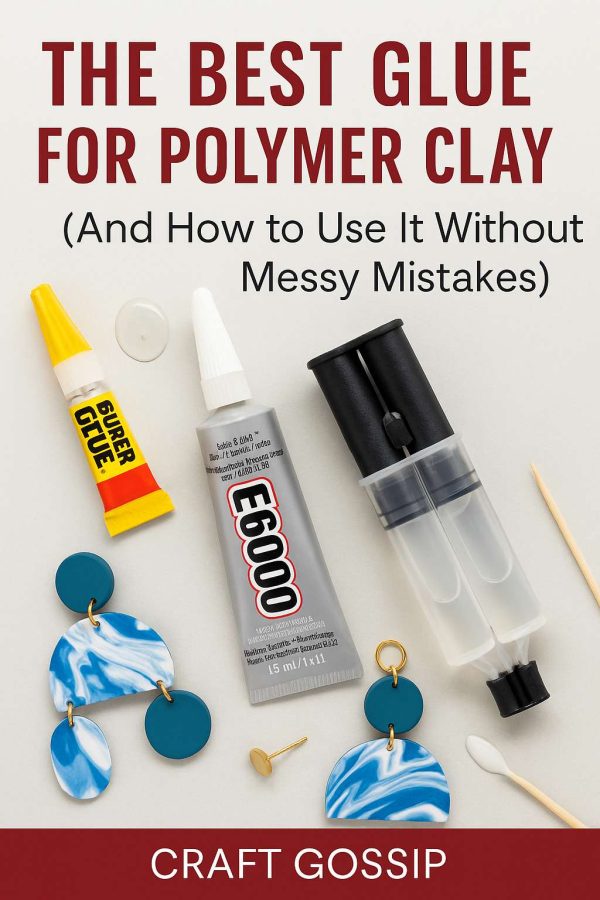
Colors of the Stone with To Bead True Blue and Artisan Workshops showcases the widest range of artisan handcraft in Tucson with 1000 artisan exhibits, galleries, workshops, and ateliers. The assemblage of independent artisans, traditional designers, studio artists, and small production handcrafters, are chosen for outstanding artistic ability, exceptional design and singularity of work. The show is a wholesale source for designers and trades people who are purchasing goods for the purpose of resale –such as jewelry makers, metal workers, bead stores, craft stores, and art galleries. There are 50 established wholesale companies that offer true wholesale pricing on jewelry making and bead making supplies, beads, metals, leather, cords, wire, clay, findings, gemstones; and tools for metal working, diamond cutting, jewelry and bead making. Colors of the Stone with To Bead True Blue also offers the general public an opportunity to meet one-on-one with artists and artisans and buy direct at excellent prices.
Fast Facts
- Location: Casino Del Sol Conference Center
- Address: 5655 W Valencia Rd, Tucson, AZ 85757
- Dates: February 1 through February 8, 2020
- Times: 10am to 6pm daily, Saturday – Saturday
- Exhibits: 75,000 ft² of exhibit space / 1000 artisan exhibits
- Workshops: 500 hands-on workshops offered daily, 8am-9pm
- Admission: Open to the public, free admission & parking
- Rooms: $159, call (855) 765-7829 ask for GEM SHOW RATE
- Apply to Exhibit or Register to Attend
